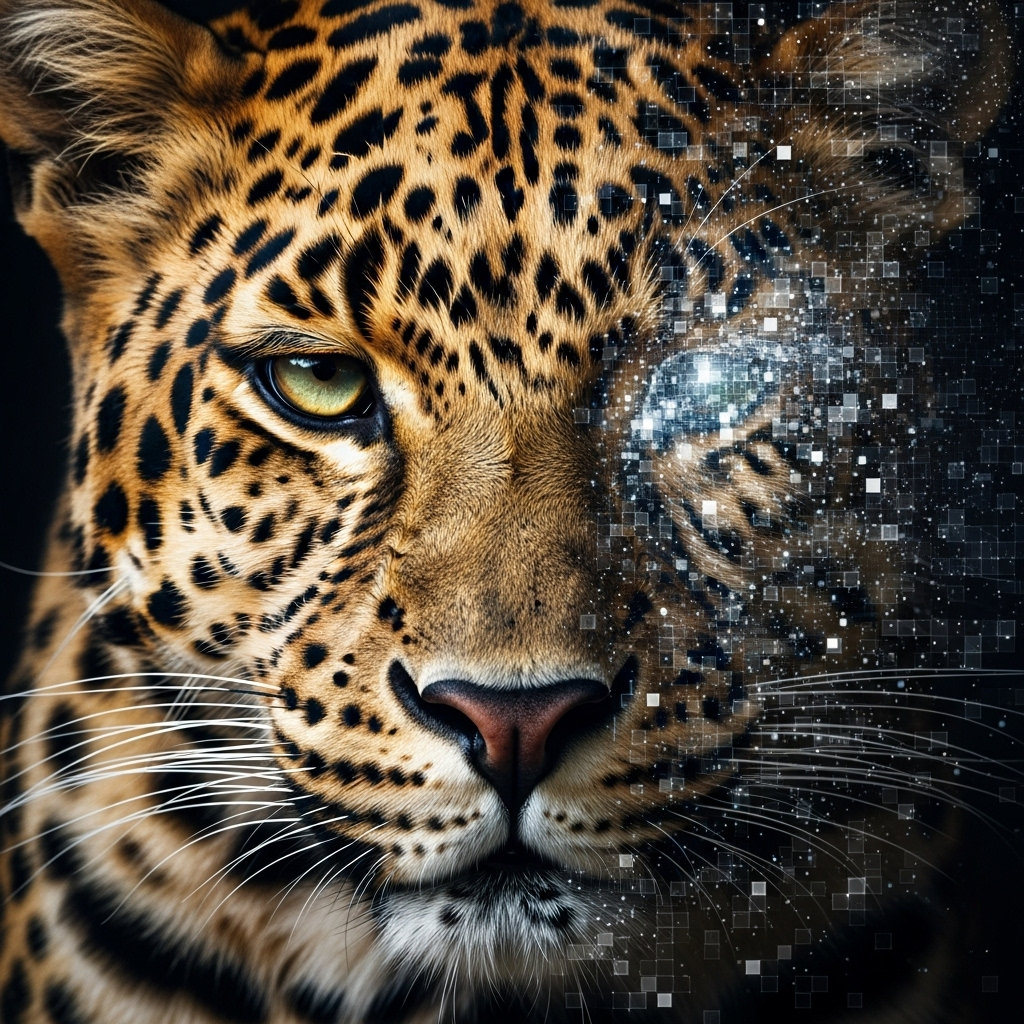OpenAI is rolling out a significant update to its image generation model, DALL-E 4, that directly addresses one of the biggest frustrations for AI artists and designers: the lack of precise control. The new feature, called “Creative Control,” moves beyond simple text-to-image generation and gives users the ability to iteratively edit and refine specific elements within an image using conversational prompts.
How “Creative Control” Works
Traditionally, if a user wanted to change one small part of an AI-generated image, they would have to start over with a new, more detailed prompt, often with unpredictable results. Creative Control changes this entirely.
The new workflow, now in beta for ChatGPT Plus subscribers, allows a user to select or “mask” a specific area of a generated image. Once an area is selected, the user can issue a natural language command to modify only that part.
Examples from OpenAI’s announcement include:
- Generating an image of a “cat sitting on a chair.”
- Selecting the cat and prompting: “Change the cat to a calico cat.”
- Selecting the chair and prompting: “Make the chair a worn, leather armchair.”
- Selecting the background and prompting: “Add a cozy fireplace in the background.”
This allows for a layered, conversational editing process that feels more like collaborating with a human artist than giving instructions to a machine.
The Technology Behind the Feature
This new capability is powered by advanced segmentation models, which allow the AI to understand and isolate specific objects within an image. When a user issues an editing command, DALL-E 4 is not re-running the entire prompt; it is applying a localized diffusion process only to the selected pixels, while ensuring the new generation blends seamlessly with the rest of the unchanged image. This provides both precision and coherence.
Analysis: The Shift from Generation to Collaboration
The introduction of Creative Control marks a crucial evolution for AI image tools. The industry is moving beyond the initial “wow factor” of single-shot image generation and focusing on creating practical, iterative tools that can be integrated into a professional creative workflow.
By allowing users to refine and art-direct their creations, OpenAI is making DALL-E 4 a more viable tool for graphic designers, concept artists, and marketing professionals who require a high degree of precision and control over their final output. This positions DALL-E as less of a novelty image maker and more of a serious creative suite.
Conclusion: A New Standard for Image AI
With Creative Control, the process of creating with AI becomes a dynamic conversation. This feature sets a new standard for usability and precision in the image generation space, and competitors will likely be pushed to develop similar in-painting and editing features to keep pace. It represents a significant step toward a future where AI tools function not as unpredictable black boxes, but as powerful and responsive creative partners.

